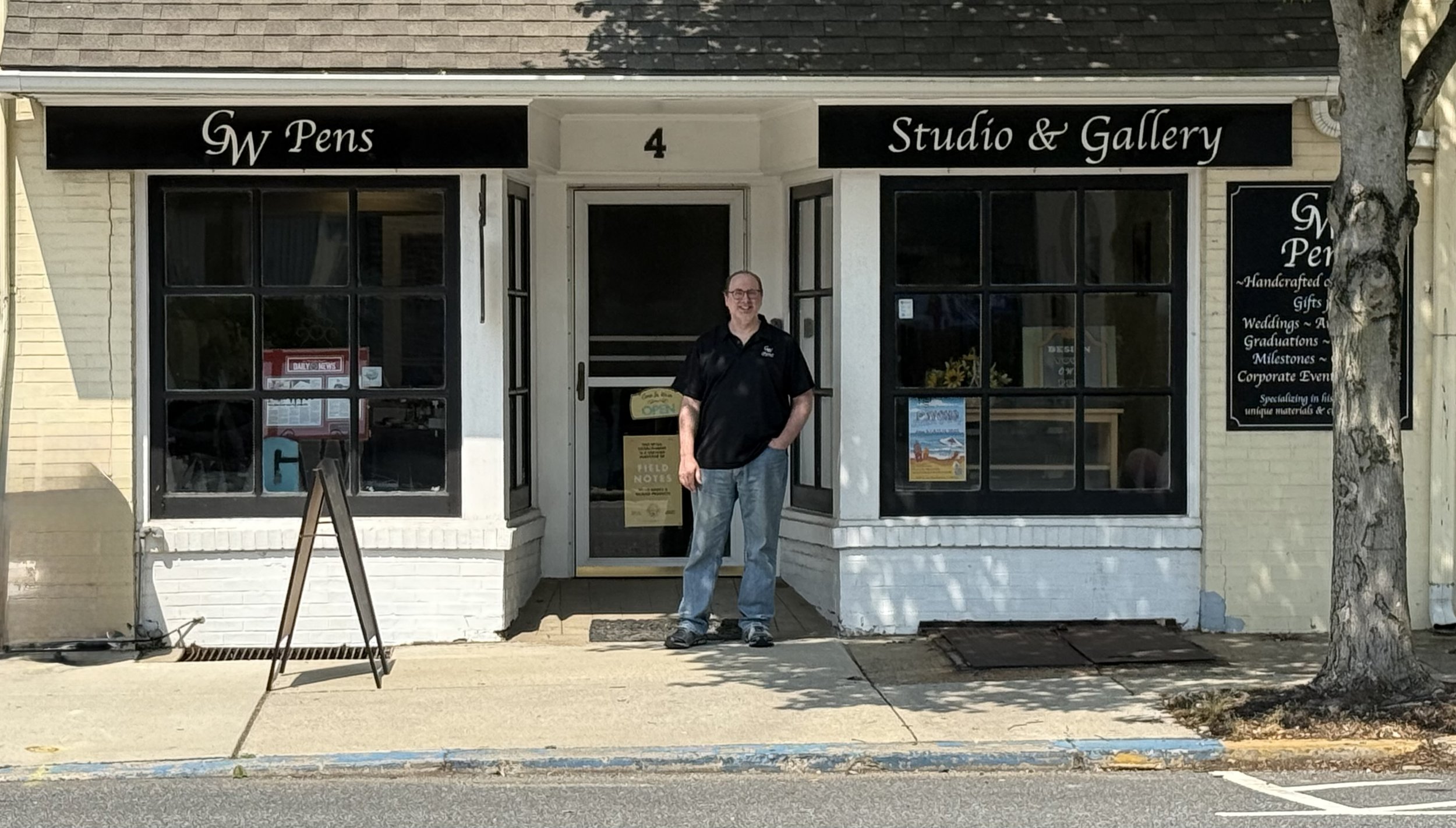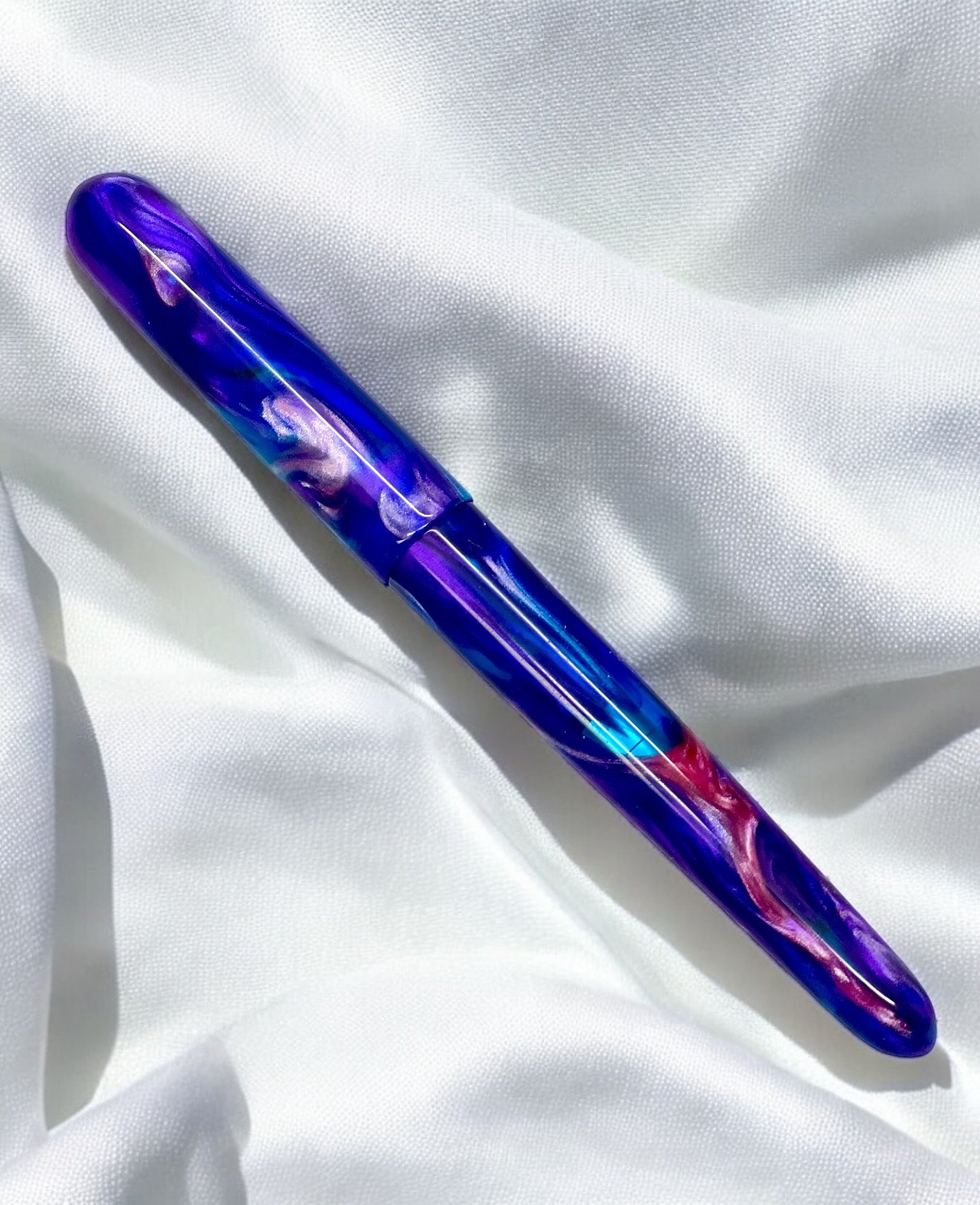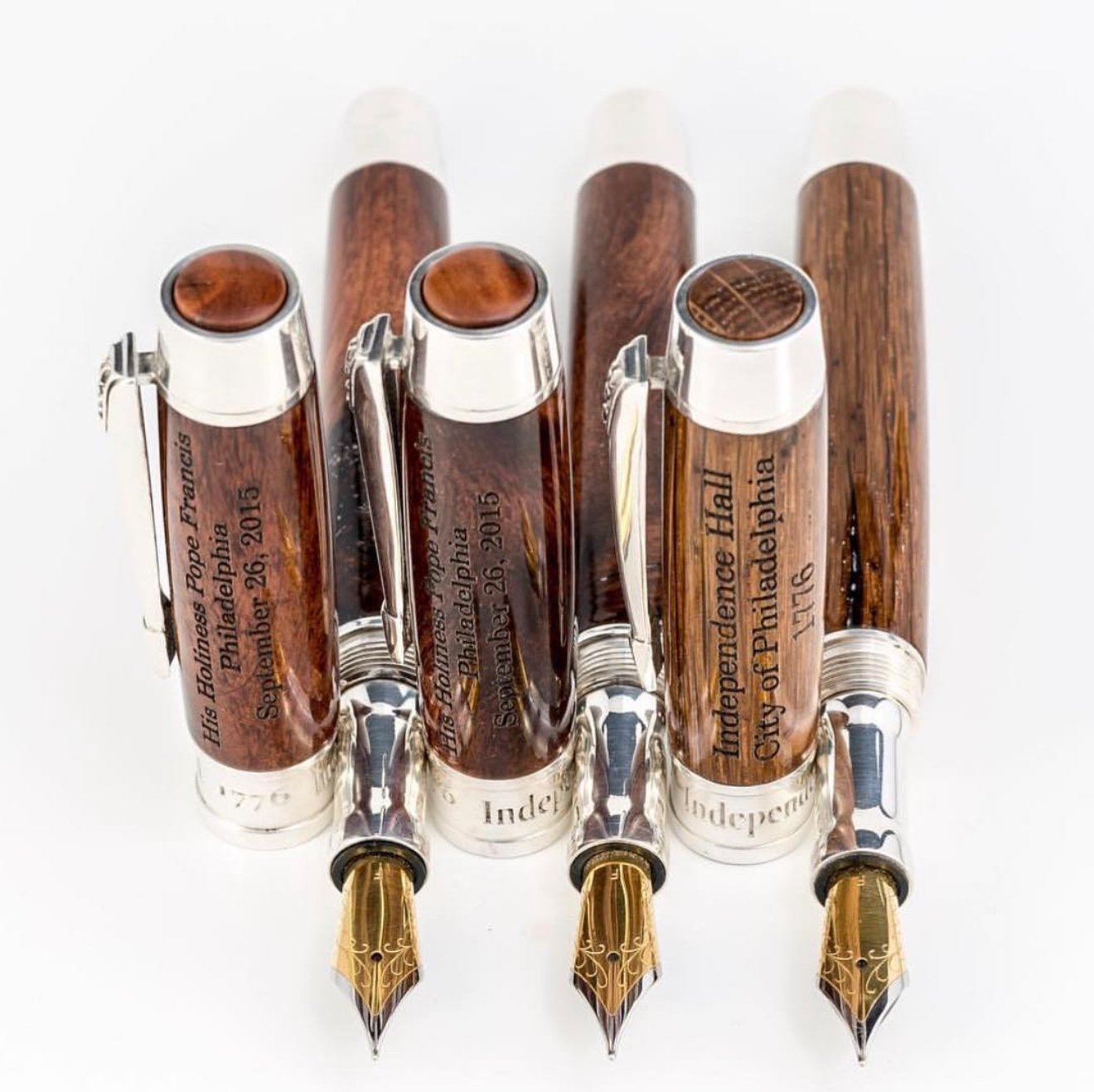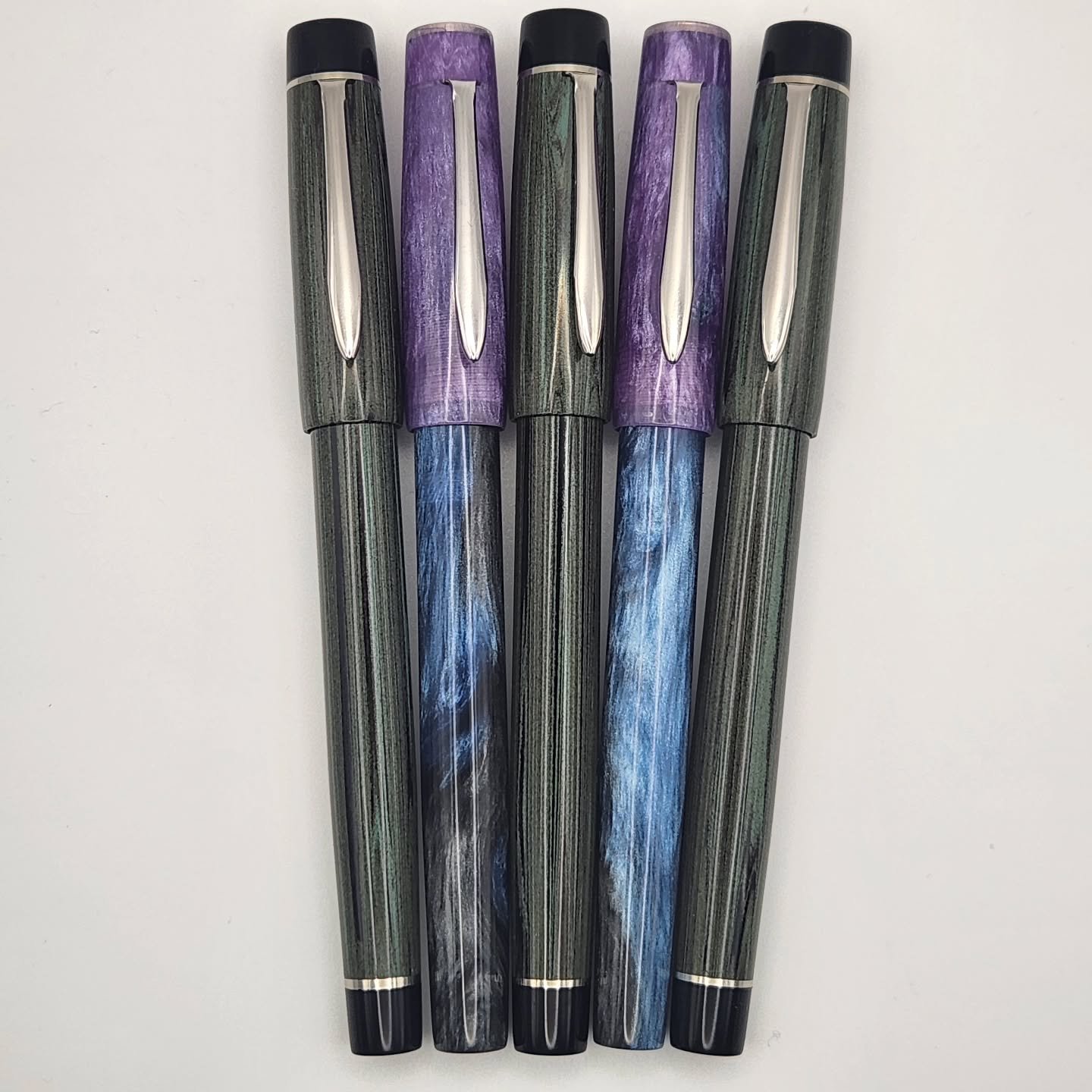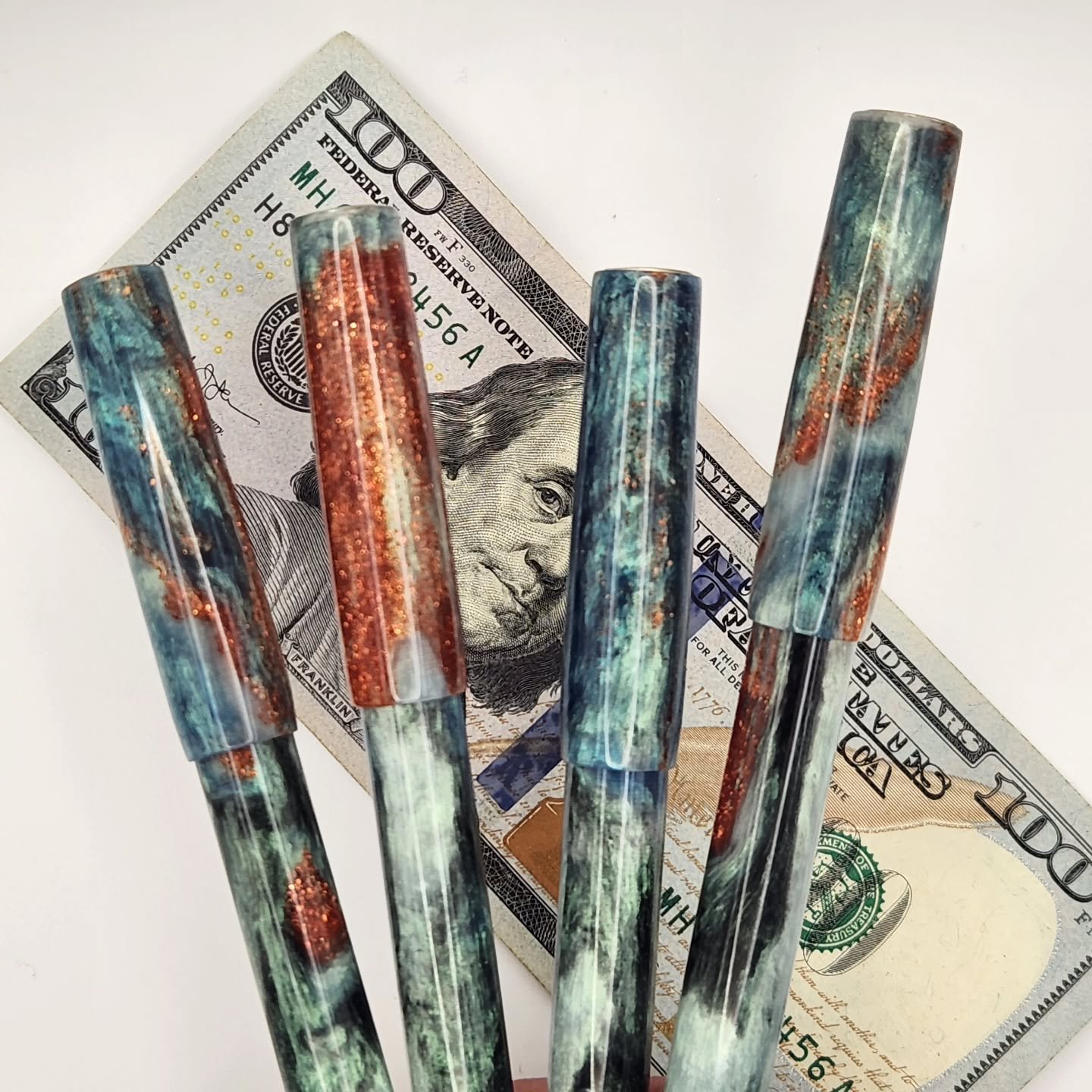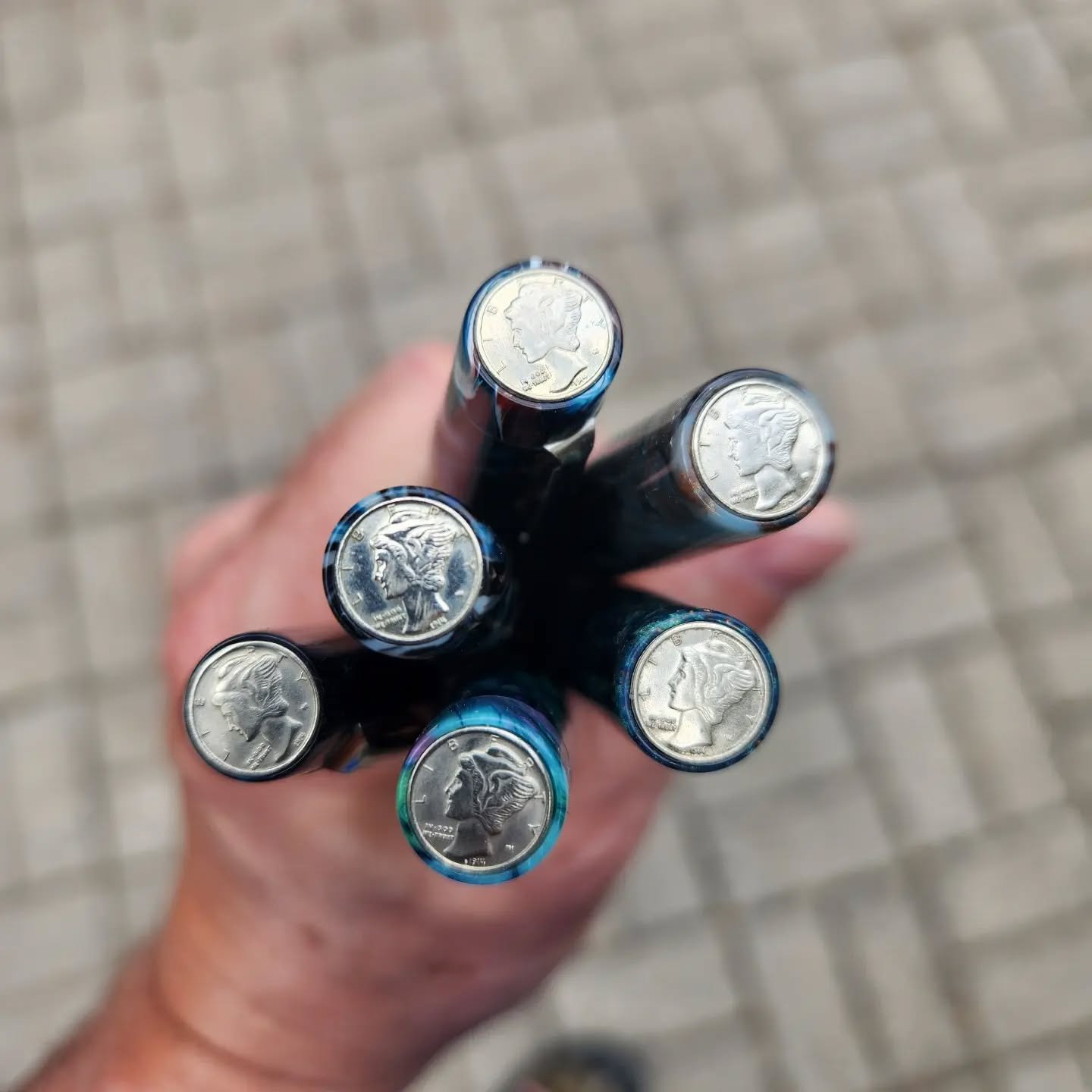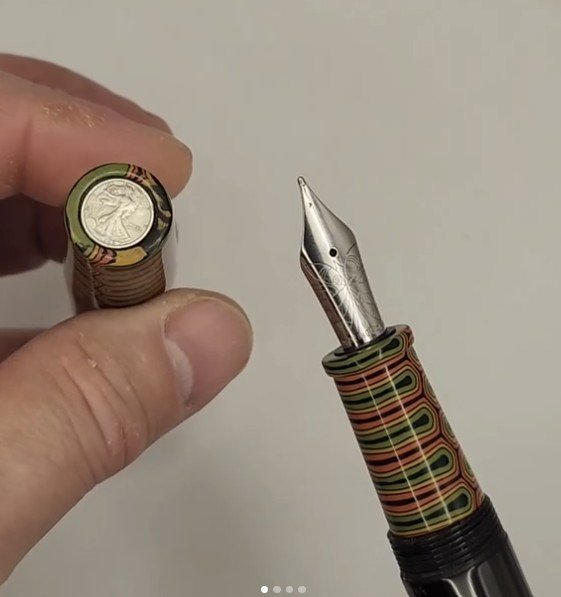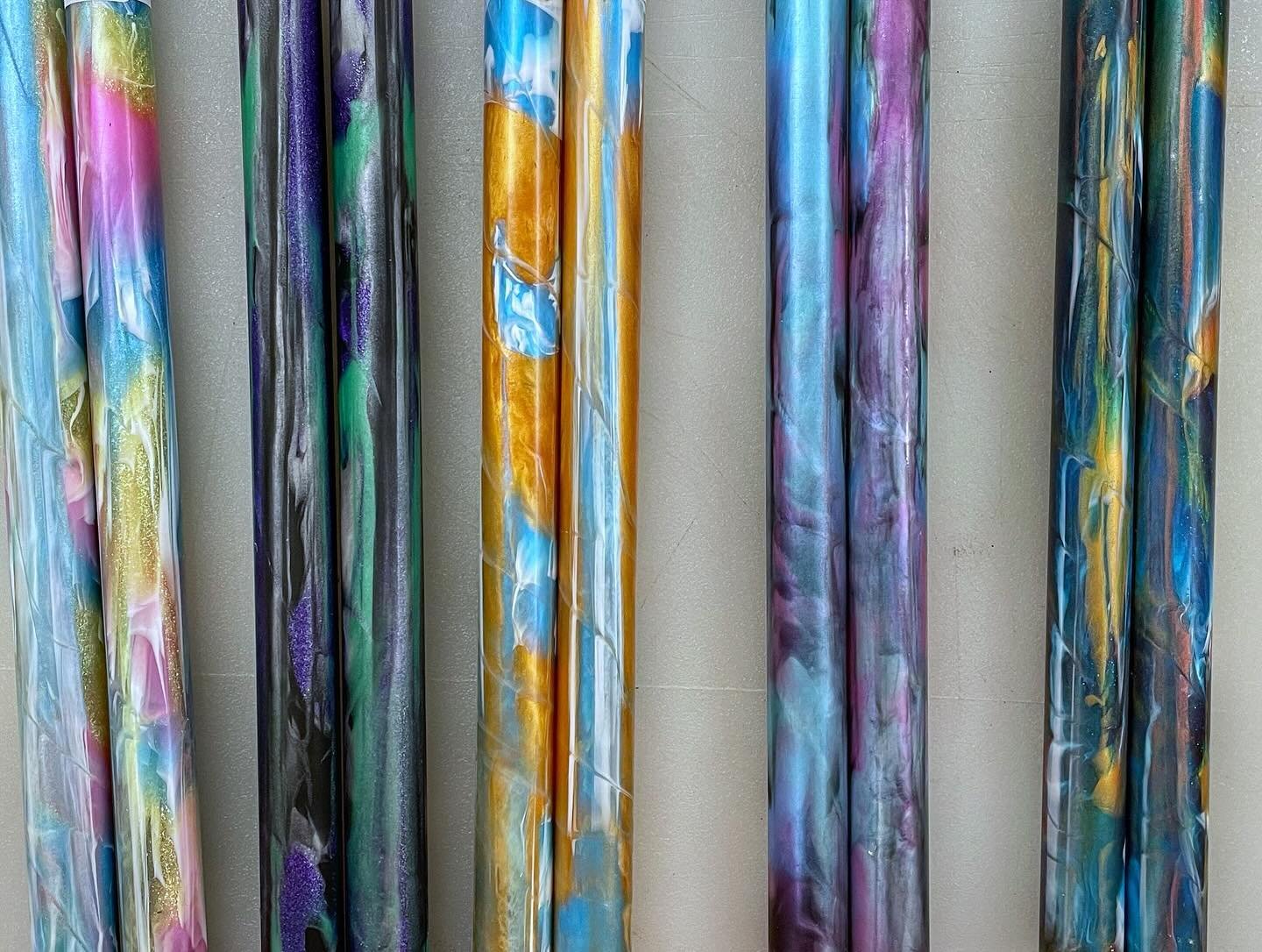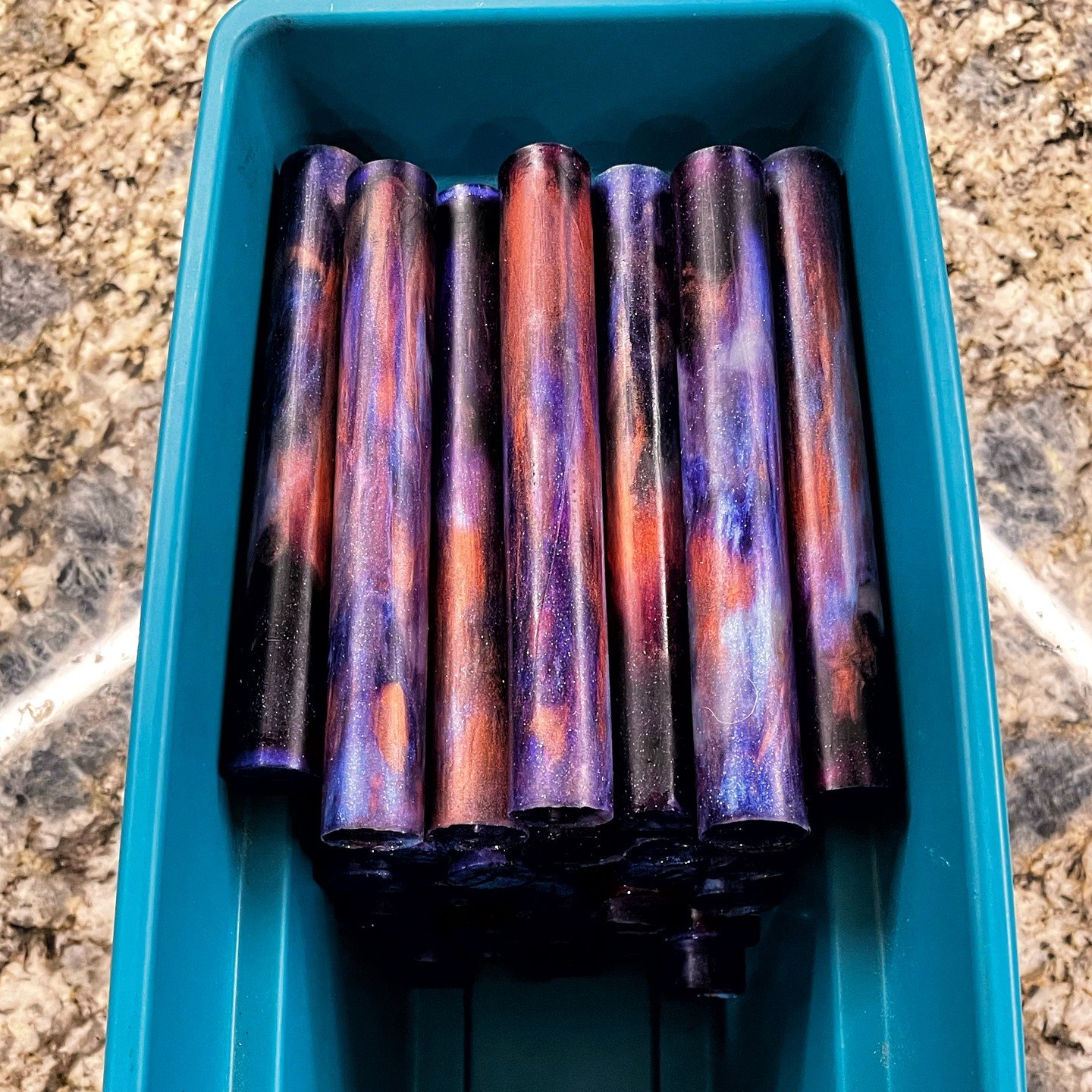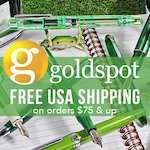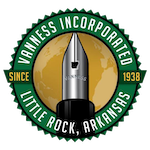John Greco was so enthralled with the wood and metal shop classes he took as a middle schooler that he intended to become a shop teacher himself. He’d always been mechanically inclined, took shop and mechanical drawing in high school, and was encouraged by a teacher who recognized his aptitude to attend Trenton State College as a tech ed major. He enjoyed learning to work with all kinds of materials. Then his advisor said it was time to discuss his student teaching. “It was a reality check!” Confronted with the idea of managing a room full of sixteen and seventeen year olds around a bunch of power saws, he changed his major to political science.
While working in retail management, Greco maintained woodworking as a hobby. However, a back injury requiring surgery meant no more spending all day on his feet, so he turned to his hobby to start a new career. He had a two year old child, and at this time the recalls of Chinese wooden toys because of lead paint were in full swing, so he began making non-toxic wood toys. “My kids were my focus group.” However, in 2008 new consumer product safety laws imposed new lead testing requirements for wood toys that were prohibitively costly to perform for a small maker. Toy making came to an end.
“I had a friend who was a weaver, who sent me samples of the tools she used and asked if I could make them out of exotic wood. At one point there were two shops that carried my weaving tools, like stick shuttles. But I was not a fiber artist, so I couldn’t enjoy the product. I tried some clocks and hourglasses. Then a friend said, ‘You like pens, why don’t you make those?’ I had no idea you could do that!” He made his first kit pen in 2010 and was instantly smitten. “I had to learn that when you’re working with such a thin wall, you need a light touch.” He quickly began making kitless pens, learning how to cut threads and manage the materials.
“My shop was half the garage. Then it was the whole garage. Then packing and shipping spread into the house, and my wife said maybe it was time for me to have my own space.” He moved into an industrial space in 2015, where he was able to get more machinery and also have a showroom for visitors who came to commission pens. “When I asked them if they wanted a tour of the back room shop, they were excited about it.” So when the landlord wanted to take back the space for another purpose, he had the idea of a location with sales in the front and a shop in the back.
“It took awhile to find one the right size. Finally I saw a little shop in Woodstown, New Jersey, in a building built in the 1860s, with two bay windows. The real estate agent said, ‘Why don’t you put the shop on one side and the retail on the other so people can see it through the window?’” He now has a CNC machine, two wood lathes, and a metal lathe in his shop with a view of the street, and an actual retail store. The name GW Pens evolved from Greco Woodcrafting, which he quickly had to change because people kept asking him, “So, you make furniture?”
It was all pens all the time for Greco, until his son came home from scout camp having discovered Dungeons and Dragons and wanting to play. At that point he wanted to gift him a matching pen and dice set, but couldn’t find any. He’d tried casting once, and given it up – “Jonathon Brooks can do whatever I need” – but he really wanted to cast dice and play with colors. Because there are residential apartments above his store, he had to be careful of noise, so he first tried casting with epoxy, but then he found quiet air compressors at California Air Tools, which could be run below the apartments and allowed him to use pressure pots and cast in alumilite.
Greco is conscious of the issue of price with his work. “What can I do to make pens as nice as possible without breaking the price point?” The resin pens are made on his CNC machine, and about nine years ago he started making a model with a gemstone rollstop set in silver. “At first I had a silver center band on the pens as well, but that made them too expensive.” Similarly, hand making clips is not in his plans. “If you have a storefront, the overhead is too high to spend the time making clips.”
The pens he makes from wood are all hand turned on one of his wood lathes, and his wood is often sourced from interesting places. His one of a kind Stokoe House pen is made from wood from an early seventeenth century house in the north of England where the ground floor was devoted to herding in the cattle when there were border raids. “The Romans mined silver in the area as well, so I added both leather and silver to the wood. I can really tell a story in wooden pens.” Living near a Fender custom guitar facility means he can get wood offcuts from guitar necks, and occasionally make a pen for a guitar buyer from the same wood as the neck of their custom instrument, with a resin in sunburst colors and brass fittings. The city of Philadelphia commissioned a set of three pens from him, made from wood taken from Independence Hall during a renovation; one of the pens was later given to Pope Francis when he visited the city. “There is a difference between an art piece like those pens, and the ones I make enough of to cover my overhead.”
So, does making such art pieces mean he has some wonderfully elaborate favorite pen? “My favorite pen could change every day!” His Montblanc rollerball and pencil set was “my gateway into things that didn’t come from a blister pack.” He also enjoys LAMY AL Stars in fun colors. He recently received some of Jonathon Brooks’ new PM5 material – “I’m keeping a PM5 for myself” – as well as a clip shaped like a cutlass that Tim Cullen of Hooligan Georgia sent him to see if he could use it.
Since wood prompts so many more storytelling opportunities, is wood his favorite? Not really. “Wood has a natural beauty which is even better if it has a story. Resin has fun swirls of color. I get the best of both.”
Materials are one source of inspiration, but ideas that come from all over the place have him in the store even on days he’s closed, just trying them out. An episode of Mythbusters, about how cannonballs were often made from limestone because metal was so expensive and could just be fired right back, led him to try making pens from alabaster and marble. “The cleanup of the stone dust was insane despite my dust collection system!” Nowadays if someone asks about a pen made from stone, he refers them to Darailpenz.
At first, Greco wasn’t aware pen shows were a thing, until he met Alan Shaw who invited him to the Philadelphia pen show. “Right away I thought, These are my people! There is a sense of community, even among the makers, which just doesn’t exist at craft shows.” He is not hating penmaking despite having done it fulltime for so long. “I like getting to work with my hands, and making something I enjoy and that others enjoy and can use. People can use them and share them, not just look at them.” And he honors those early days in middle school shop class by having local shop classes and scout troops visit his store to see what you can make with the skills they are in the process of learning.
John Greco’s work can be seen on his Instagram @gwpens and his website GW Pens, at his storefront at 4 South Main St in Woodstown, New Jersey, and at pen shows in Philadelphia, Baltimore, Raleigh-Durham, DC, and New York City.
Enjoy reading The Pen Addict? Then consider becoming a member to receive additional weekly content, giveaways, and discounts in The Pen Addict shop. Plus, you support me and the site directly, for which I am very grateful.
Membership starts at just $5/month, with a discounted annual option available. To find out more about membership click here and join us!

